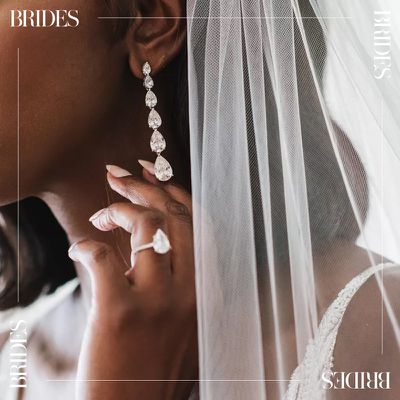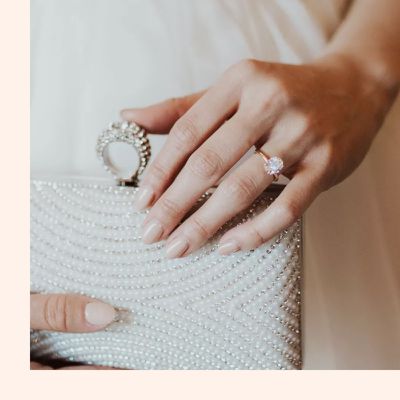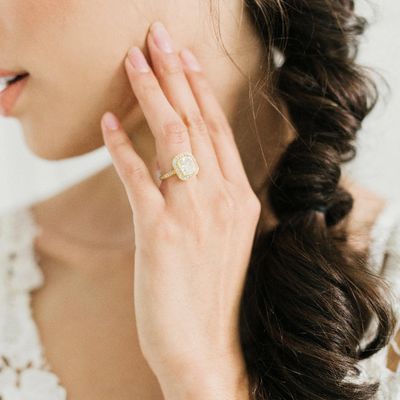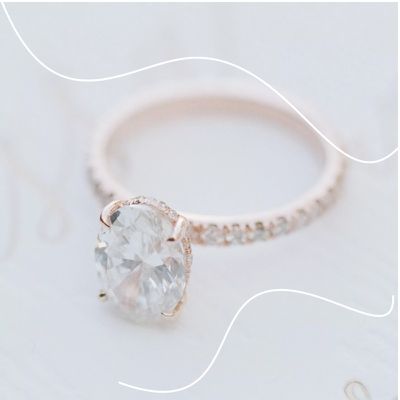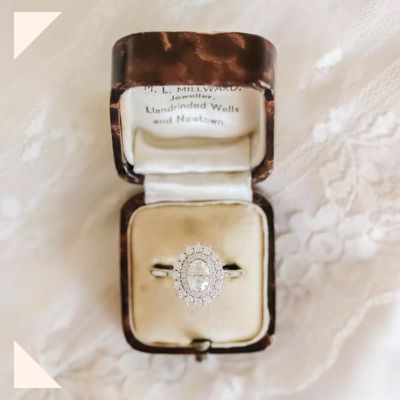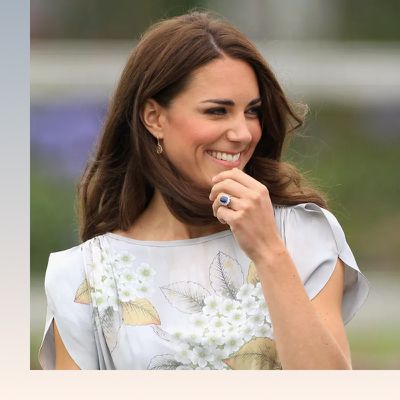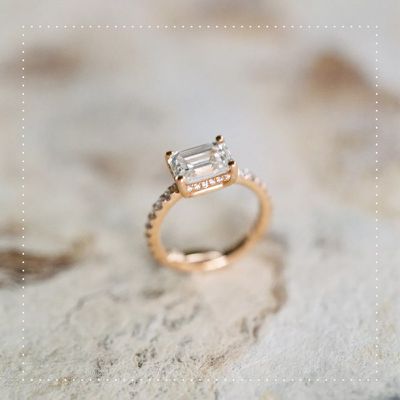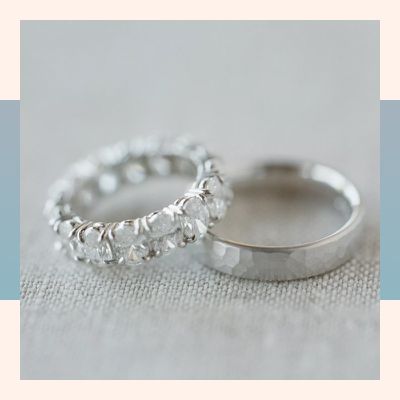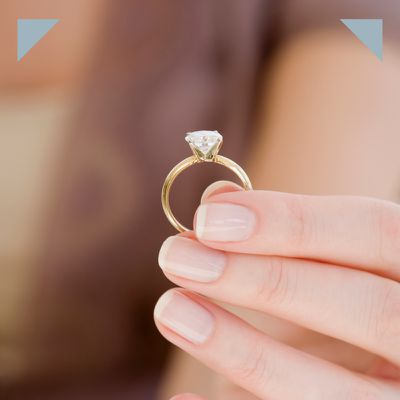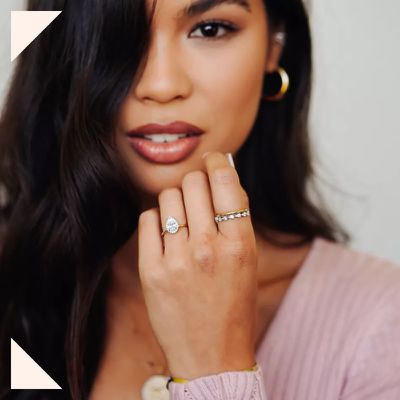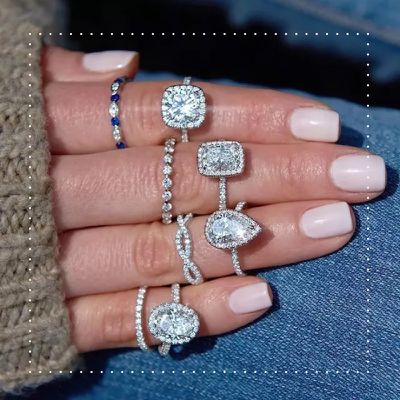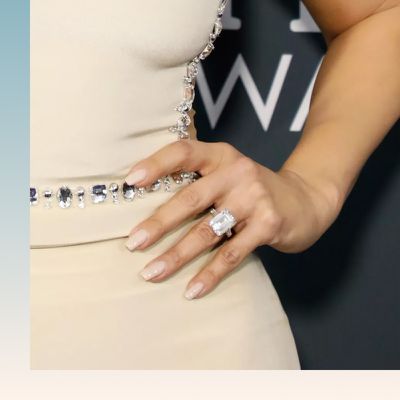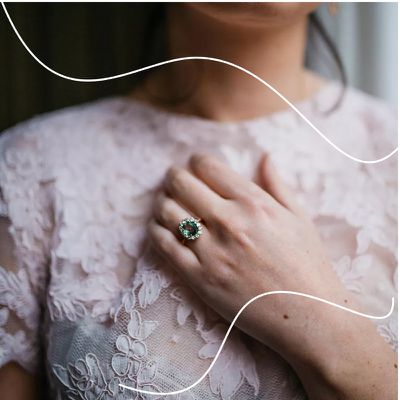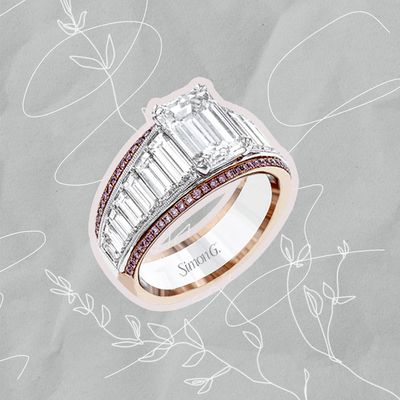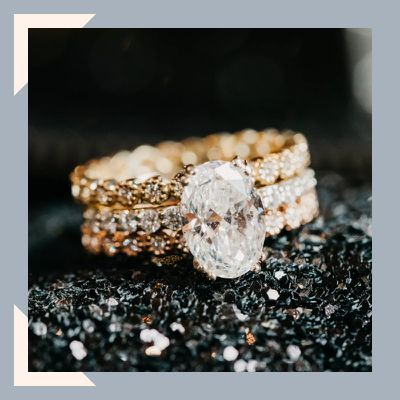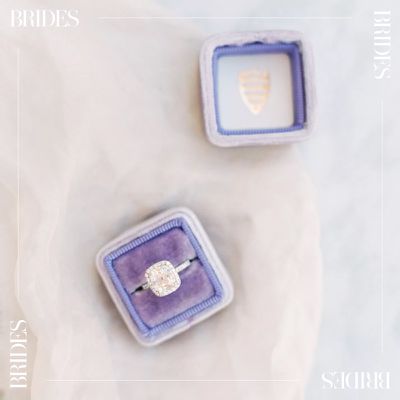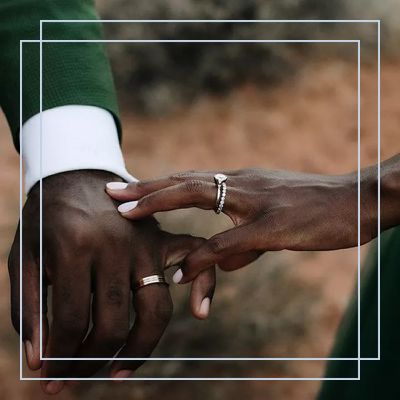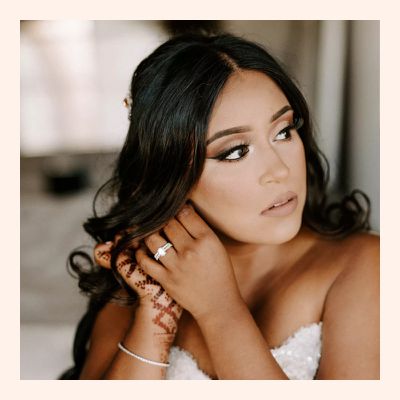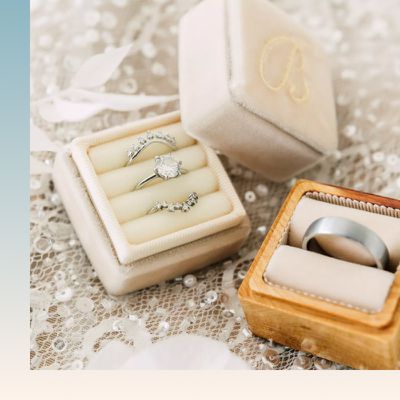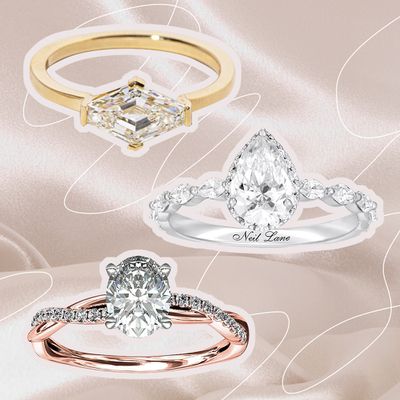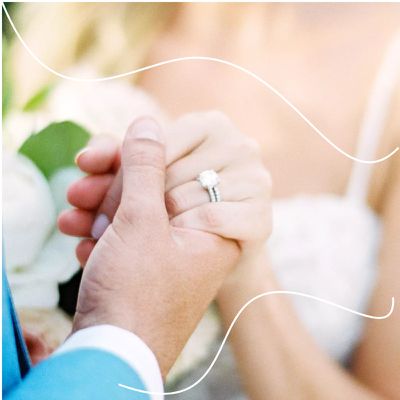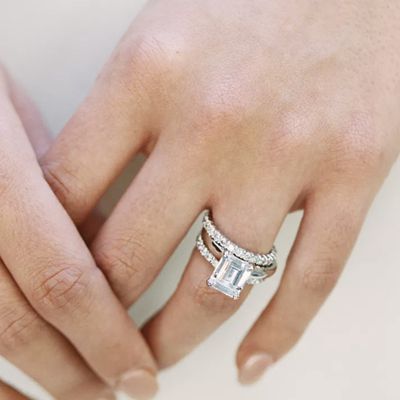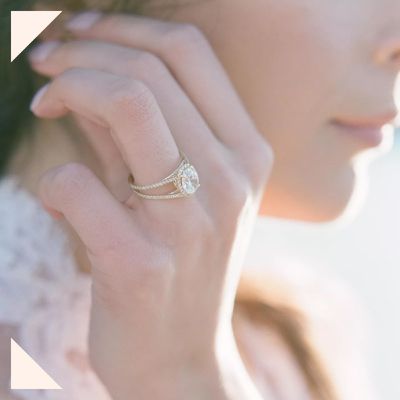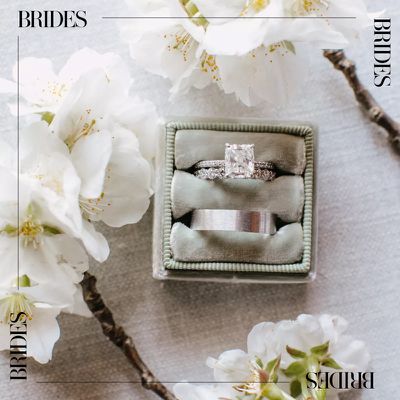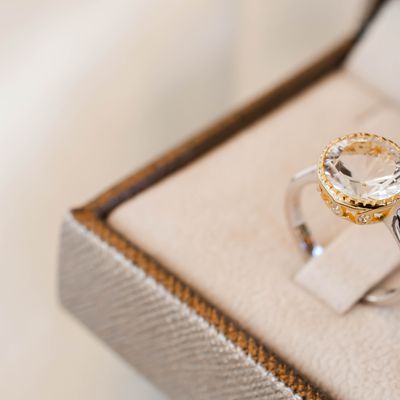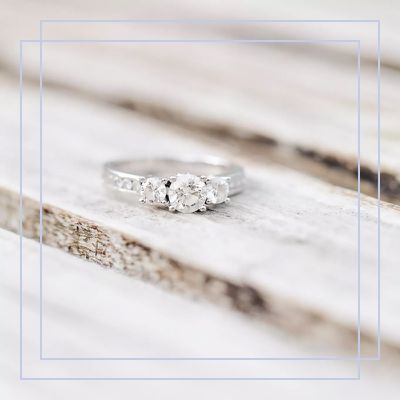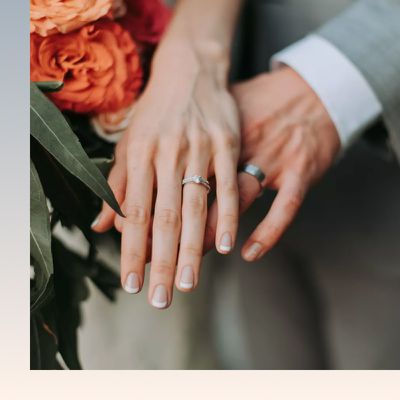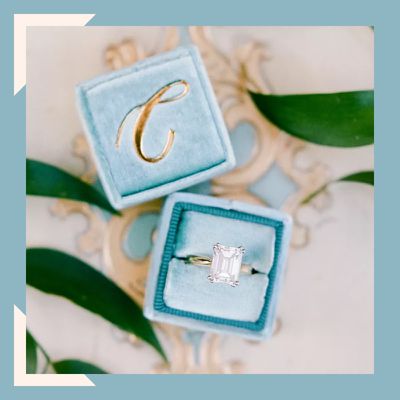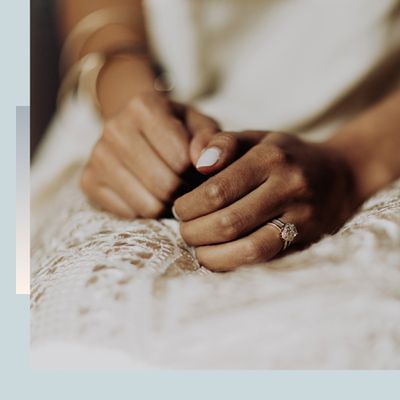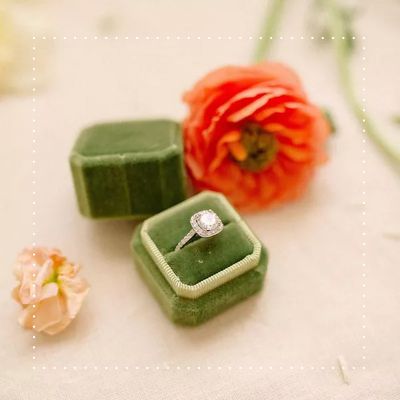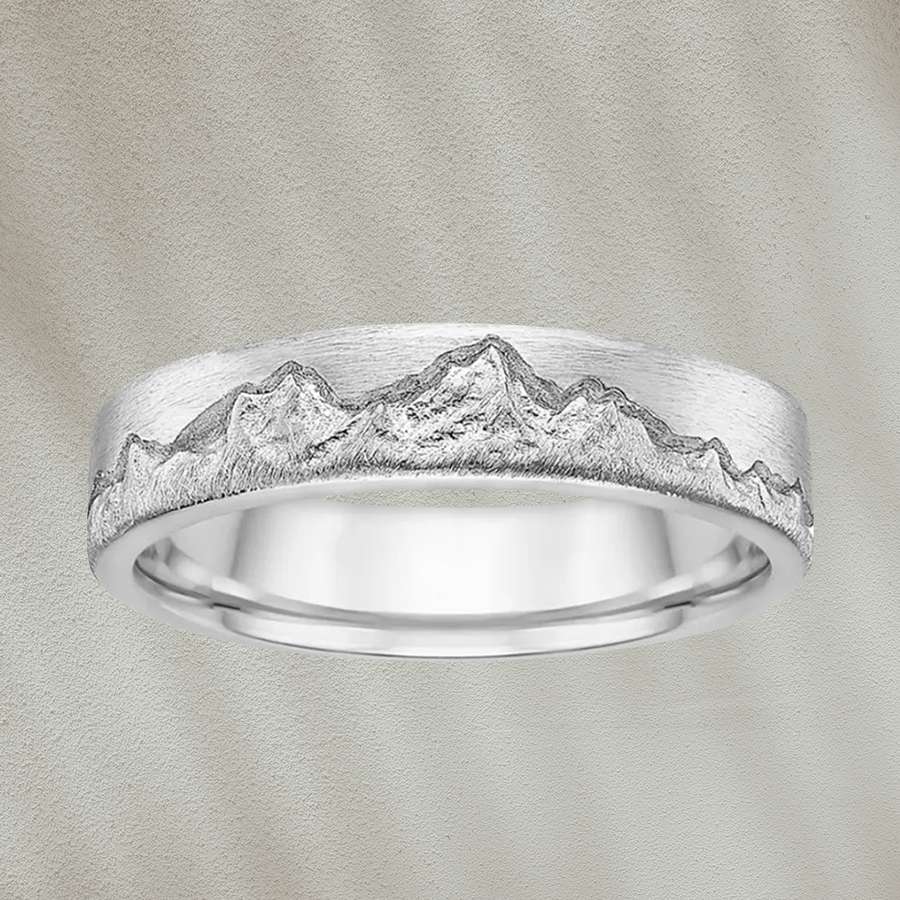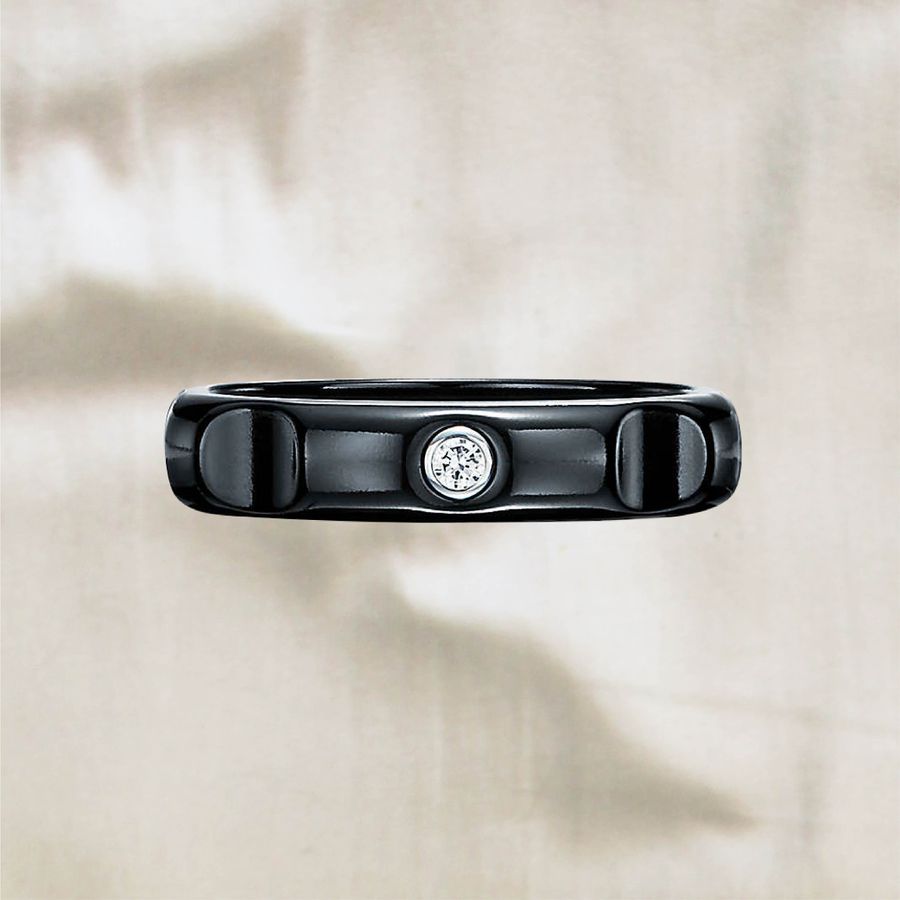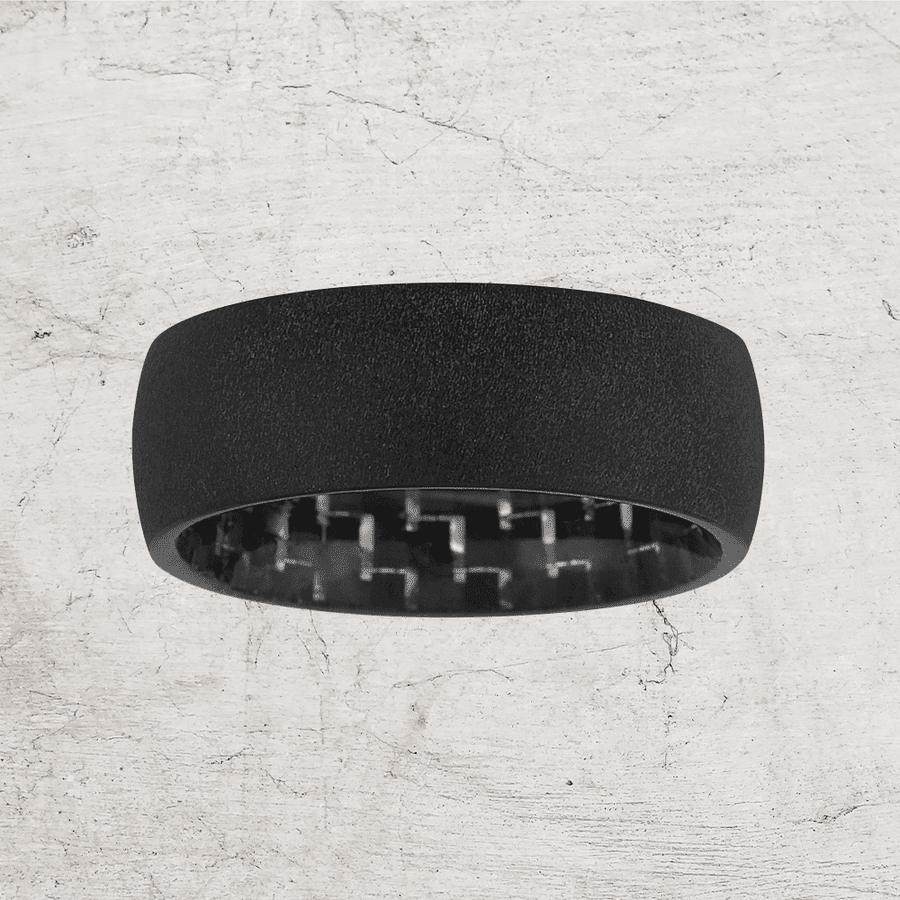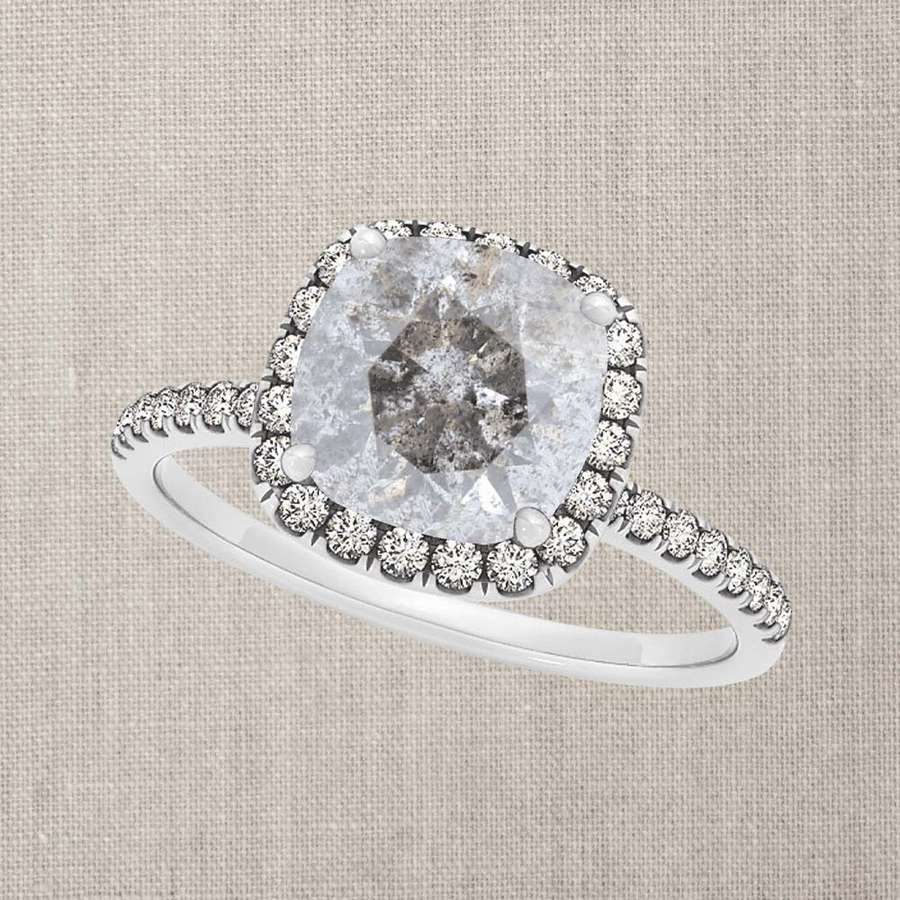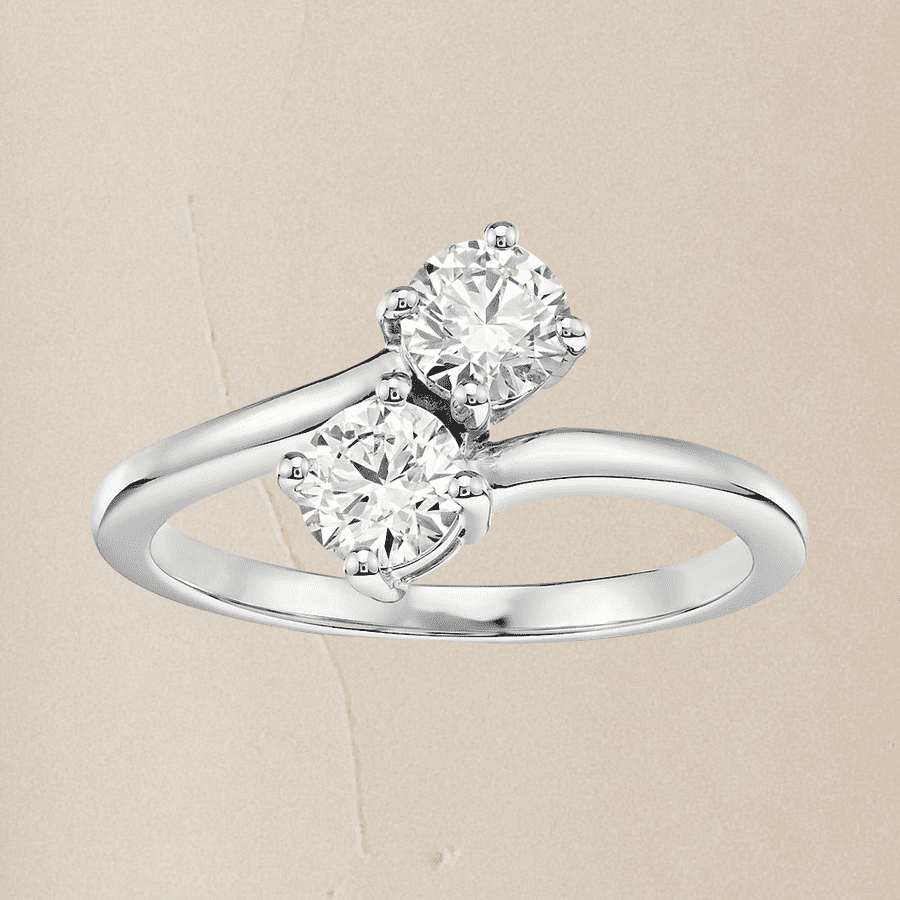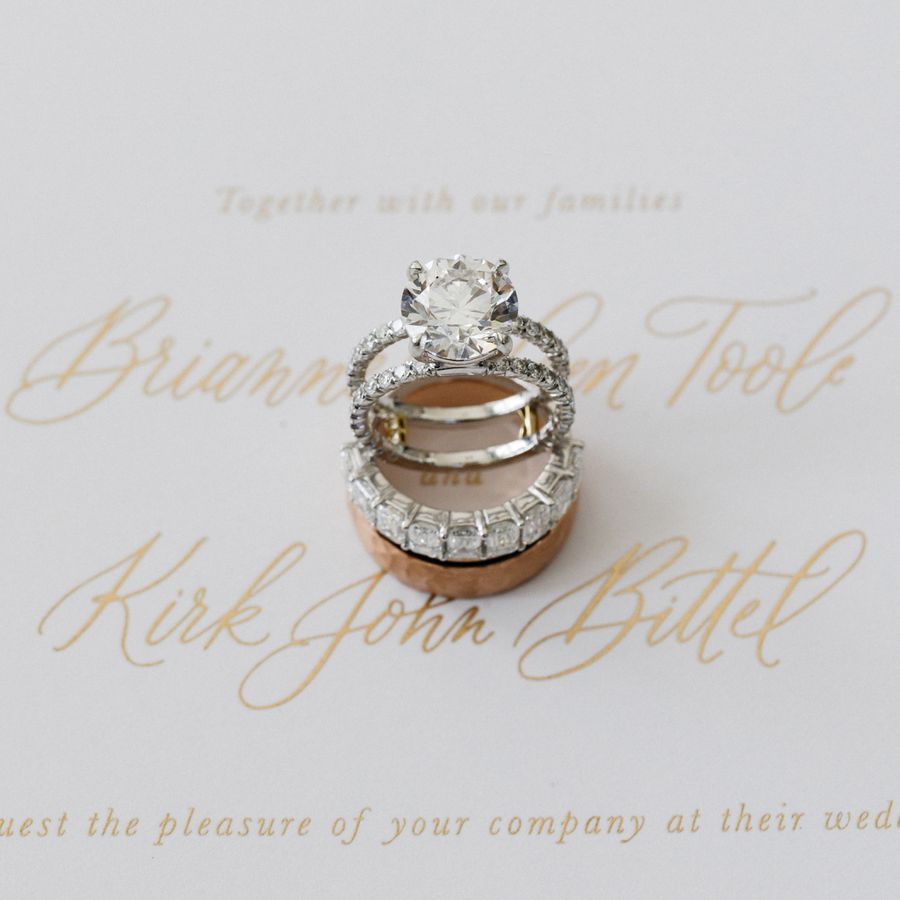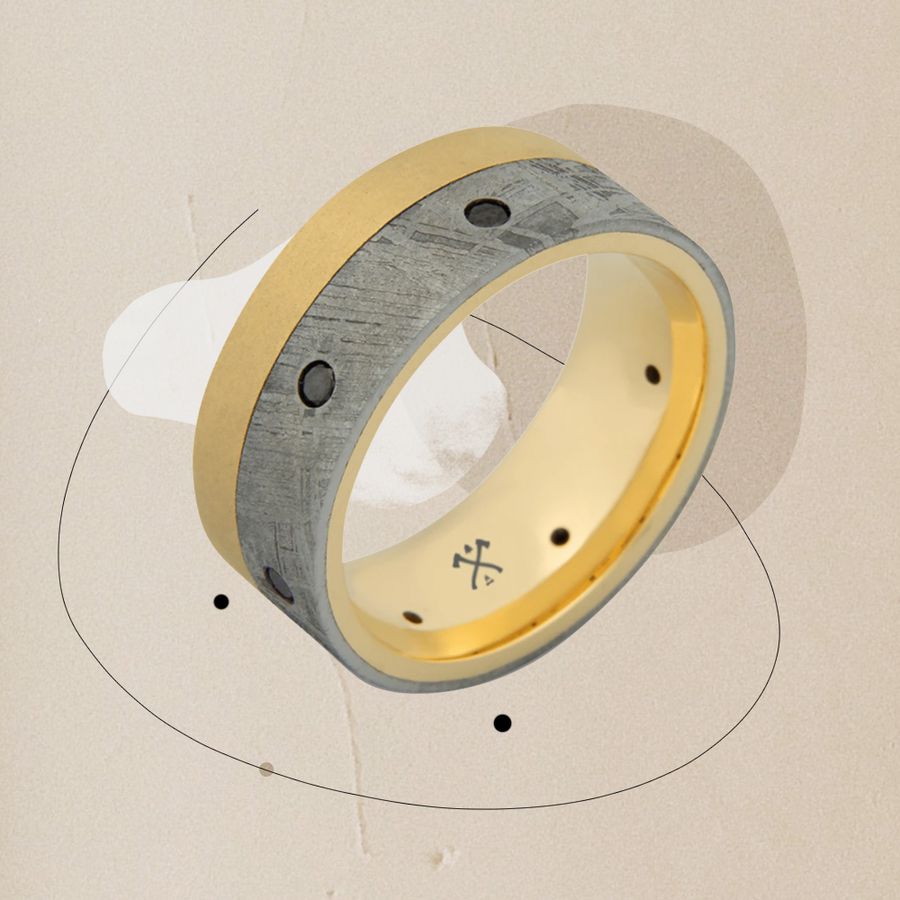:max_bytes(150000):strip_icc()/sq-42a639639643479295043729fb0a5d78.jpg)
PHOTO BY KT MERRY
Choosing the perfect ring can be a lot of pressure for some couples. While there are a lot of components to consider, one of the biggest is choosing the ring metal that's right for you and your lifestyle. We’ve enlisted jewelry expert Zachary Elliott to break down the most popular metals.
Meet the Expert
Zachary Elliott is a designer who specializes in vintage and antique jewelry.
From gold, palladium, and platinum to titanium, tungsten, and sterling silver, there’s a metal for everyone—and their budget!
Gold
Gold is the most common and classic choice for wedding and engagement rings—and for good reason. Whether it's yellow, white, or rose gold, this metal provides you with many options. While it’s considered the mecca of luxury, select it with caution: You might think the higher the karat (not be confused with a diamond’s carat) the better, but when it comes to the longevity of your ring, that's not necessarily the case.
"Twenty-four-karat (pure) gold is so soft that it can easily be scratched or bent, and jewels can easily fall out," Elliott says. "In order to make a ring that is stronger, anything under 24 karat is always an alloy with other metals, such as copper, silver, or platinum. Of the four most common gold purity levels, 10k is the most durable, though it also has the lowest gold content." If selecting white gold, keep in mind that you may want to rhodium plate it once a year to try to keep its bright color.
Consider your lifestyle before choosing a higher gold purity—if you work with your hands or are generally more concerned about the lifespan of your ring, opt for no more than 14 to 18 karats.
Platinum
Known to be one of the rarest metals in the world, platinum is not only a luxe choice, but it’s also one of the strongest precious metals. In fact, white gold was created when platinum jewelry was taken off the market in order to conserve the metal for war supplies. “Platinum is a great option and will hold precious stones in place securely for a lifetime,” says Elliott. “This is why prongs are made out of platinum in rings that are made of less durable metals, like white gold. This is because platinum is able to handle scratches and wear and tear more.”
While it’s one of the most expensive metal choices, the longevity of its wear makes it worth the high cost. Platinum bands rarely get damaged in everyday life, and the metal retains its color, meaning you won’t need to replace it and its shine won't fade over time. If you come across some scratches or tarnishing, your jeweler can polish them right out.
Palladium
Love the look of platinum but not the price tag? Palladium is similar and also features a white hue and shiny finish. While it’s not quite as durable, it’s pretty close and still ideal for anyone with an active lifestyle who wants that mirror-like finish. Extra bonus: It’s lightweight and comfortable. The downside is that it does show scratches and can be tricky to resize, which might cause problems down the line for someone looking to wear it for a lifetime.
Sterling Silver
Once considered more valuable than gold, silver is one of the oldest precious metals used in making jewelry. It's also the most affordable of all in today’s market. Just like with gold, pure silver is much too soft to be used on its own, so it’s mixed with copper or other metals to create sterling silver, a more durable alternative. The white, moonlike hue mixed with the history and glamour of the metal makes it one of the most popular choices for anyone seeking a luxe look at a lower price.
If you’re not okay with some additional upkeep, however, this pliable metal might not be your best choice. Although it’s harder than pure silver, it’s still one of the softer metals and can get scratched easily. In addition to damage, silver also tarnishes and will need to be stored in tarnish-preventive bags or in a cool, dry place. Your ring will need to be polished and cleaned on a regular basis.
Titanium
Growing increasingly popular for men’s rings, titanium was once used for industrial applications. Not only is it incredibly strong, but it’s also very lightweight—perfect for anyone not used to wearing jewelry regularly. In addition to its modern and unique look, it’s extremely scratch-resistant and easy to maintain. Titanium requires no extra care to keep it looking as lovely as it did on your wedding day. The downside? Titanium wedding rings cannot be easily resized, so ensure you have the correct size when ordering.
Tungsten
"Tungsten is the most durable metal and is four times stronger than titanium," says Elliott. "It is the most scratch-resistant option with a low price tag." This pure element revolutionized the world in 1904 when it was used in lightbulbs to replace carbon-filament lamps, and it has revolutionized wedding bands as well. Just like titanium, tungsten is easy to care for but can’t be easily resized, so fit with caution. Plus, while tungsten is extremely hard and doesn’t tarnish, it is brittle and can fracture if it’s dropped or knocked on a hard surface. Just like titanium, no additional maintenance is required for tungsten wedding bands because of the metal’s hardness.
General Care For All Metals
Whichever metal you choose, here are some general care tips:
- To soften buildup, soak your ring overnight in white vinegar or water with a small amount of dish soap.
- Use a baby toothbrush to lightly scrub the top as well as underneath the band.
- Invest in jewelry polishing cloths to keep your rings from looking dull.
- Take your ring off before using harsh chemicals or swimming
- Always remove your wedding band before working out, working in the yard, or before doing activities that could potentially cause damage to the ring.
- Take extra caution if your ring has pavé stones.
- Get an annual checkup on your ring, no matter the metal or style.
“While most people think wedding bands are only made with precious metals, there are alternative options as well,” advises Elliott. Don’t feel like you need to get a gold band just because it seems traditional—select what’s best for your budget and lifestyle. “Wedding rings can range in price from $25 to $50,000+ depending on the weight, design, and materials used,” Elliott admits. “But it’s not the price that determines how special the ring is. It’s the meaning behind it.”

